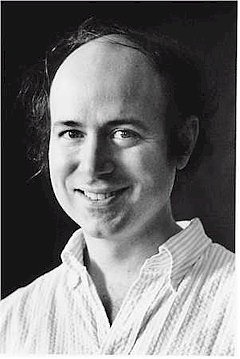"The World’s Numerical Recipe" Subject Of Institute Talk By Frank Wilczek

Frank Wilczek, a Professor at the Institute for Advanced Study in the School of Natural Sciences, will present a talk entitled "The World’s Numerical Recipe" on Wednesday, January 26, 2000. The lecture, part of the Institute’s 1999-2000 Faculty Lecture Series, is intended for a general audience and is open to the public. It will take place at 4:30 p.m. in Wolfensohn Hall on the campus of the Institute, Olden Lane, Princeton. A Reception will be held in the Fuld Hall Common Room immediately following the lecture. The structure of matter, including all of chemistry and the foundations of biology, can be deduced by pure calculation given just four numbers. Add two more, and we can also cover the structure of stars and most of astrophysics. In this lecture Professor Wilczek will explain what the numbers are, and justify these claims.
A Faculty member at the Institute since 1988, Frank Wilczek is considered one of the world’s most eminent theoretical physicists. He is known, among other things, for the discovery of asymptotic freedom, the development of quantum chromodynamics, the invention of axions and the discovery and exploitation of new forms of quantum statistics (anyons).
When only 21 years old and a graduate student at Princeton University, he and a colleague defined the properties of gluons, which hold the atomic nucleus together. A few years later he discovered a particle he named the axion.
Frank Wilczek received his B.S. degree from the University of Chicago and his Ph.D. from Princeton University. He taught at Princeton from 1974 to 1981 (and was a visiting Member at the Institute during that time). From 1981-88 he was Professor of Physics at the University of California at Santa Barbara, and a member of the National Science Foundation’s Institute for Theoretical Physics. He was a fellow at the Smithsonian Astrophysical Observatory (1986-88) and a Visiting Professor at Harvard (1987-88). He has also been a Sloan Foundation Fellow (1975-77) and a Fellow of the MacArthur Foundation (1982-87). An editorial board member for several scholarly journals, he is the author of numerous scientific articles on theoretical physics and a popular book, Longing for the Harmonies.
In 1994 he was awarded the Dirac Medal - a prize normally shared between two physicists - for his contributions to the development of theoretical physics. He is also a recipient of the Sakurai Prize from the American Physical Society.